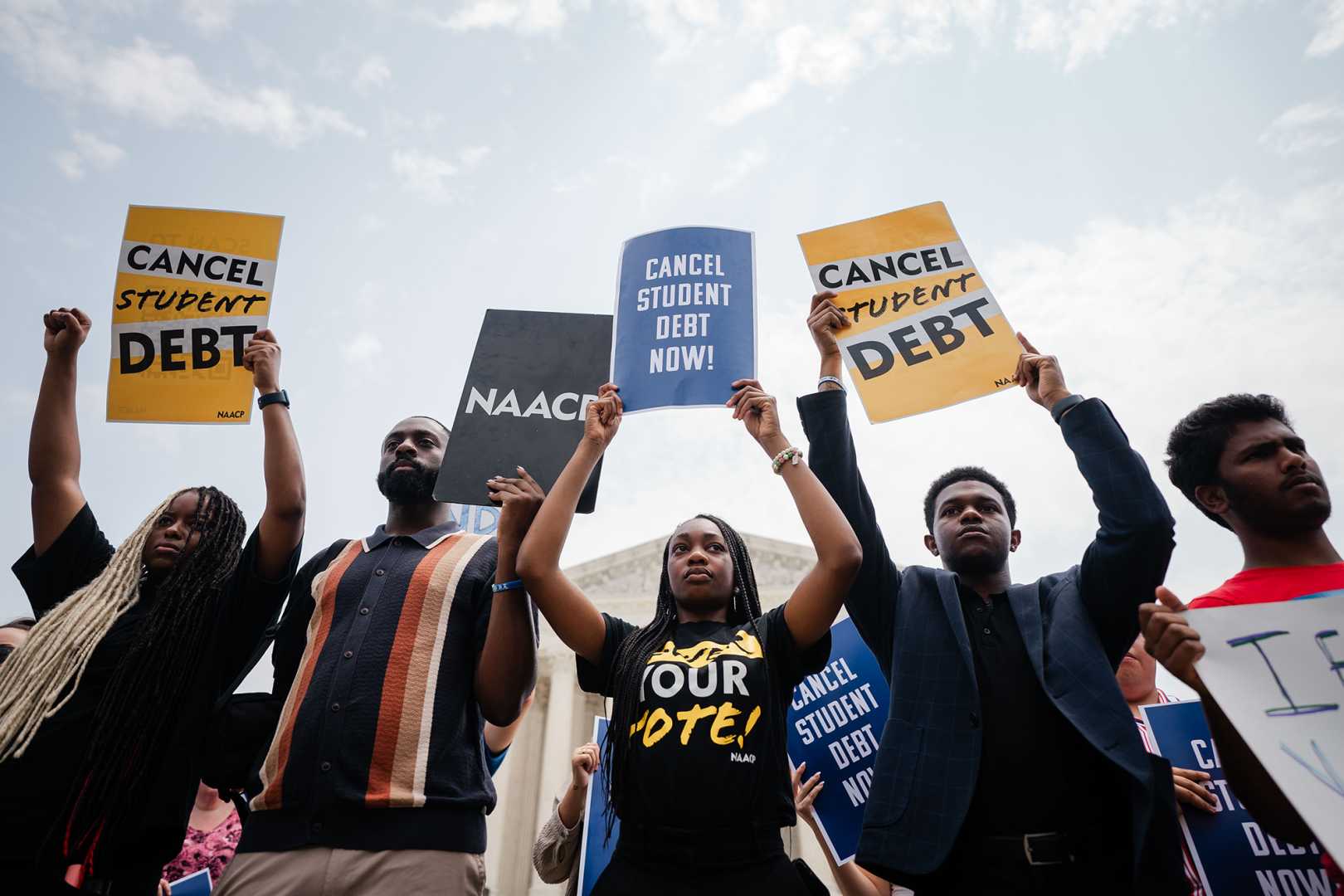News
Student Loan Crisis Deepens as Payments Resume Amid Legal Uncertainty

WASHINGTON, D.C. — Millions of federal student loan borrowers are facing a precarious situation as the U.S. Department of Education’s suspension of loan payments comes to an end. With eight million borrowers awaiting legal decisions on repayment plans, another nine million are already delinquent on their loans, risking default.
Experts note the current landscape is rife with uncertainty. “It’s unprecedented uncertainty,” said Beth Akers, a higher education researcher at the American Enterprise Institute. Michele Zampini of the Institute for College Access and Success echoed this sentiment, calling the situation “total disarray.” According to recent data, as of March 7, approximately 4.2 million borrowers were over 90 days late on their payments, and nearly 5 million were between one and 90 days late.
The expiration of pandemic-era protections on October 1, 2024, marked a stark return to normalcy, with repercussions for borrowers who had grown accustomed to the extended grace period. Without action, borrowers who miss payments face severe penalties, including credit reporting impacts, wage garnishment, and potential tax refund seizures.
Scott Buchanan, executive director of the Student Loan Servicing Alliance, emphasized the need for borrowers to respond promptly to communications from loan servicers. “Do not ignore these warnings. When you see us calling, it’s probably because there’s a problem,” he said.
The legal environment surrounding student loans has become increasingly complex, especially regarding the Biden administration’s Saving on a Valuable Education (SAVE) repayment plan. This plan allows borrowers to make lower monthly payments in exchange for eventual forgiveness but is currently stalled in the courts. Jason Delisle, a researcher with the Urban Institute, warned borrowers to prepare for alternative solutions, saying, “There isn’t going to be a SAVE plan. It’s either going down under legislation or it’s going down by the judge’s ruling.”
In February, a U.S. appeals court temporarily halted the SAVE plan, leaving enrollees in limbo. The ramifications are significant, as borrowers in administrative forbearance do not earn credit toward forgiveness programs like the Public Service Loan Forgiveness (PSLF), which requires consistent payments over ten years.
As policymakers consider options, the Trump administration recently proposed new restrictions on PSLF eligibility criteria. These changes, though undergoing a lengthy rulemaking process, aim to narrow who qualifies for forgiveness by targeting organizations deemed to engage in unlawful activities.
While the nuances of the student loan landscape continue to evolve, the Department of Education assured borrowers there are currently no immediate changes to PSLF and that they do not need to take immediate action. However, the office overseeing federal student loans has seen its workforce cut in half, raising concerns about the capacity to handle increasing borrower inquiries.
According to internal data, response times from major loan servicers vary significantly, with MOHELA averaging 2 hours and 24 minutes to answer calls, discouraging many borrowers from seeking support. “The system cannot hold. The system will not function properly, and borrowers will pay the price,” warned Zampini.
The future of the student loan system remains uncertain as discussions unfold about potentially transferring the management of the $1.6 trillion loan portfolio to the Small Business Administration. Experts stress the importance of borrowers being proactive, urging them to seek clarity and stay informed about their loans.












